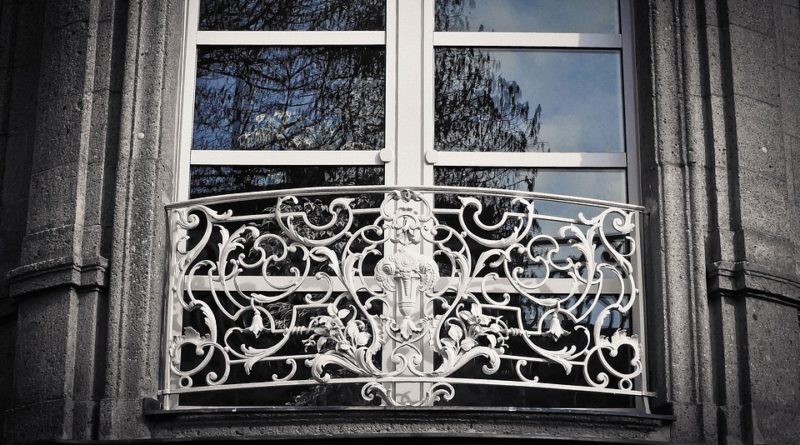How the Find the Most Energy-Efficient Windows for the Most Eco-Friendly Home
As time goes by and humanity becomes more aware of the various environmental issues, we see more and more people trying to make a change by introducing eco-friendly upgrades to their homes. Not only that, eco-friendly upgrades usually make the owners lives simpler and, in the long run, more affordable. Unfortunately, it seems that not all parts of a home are made equal, and while upgrading some of them requires nothing more than a simple layer of proper insulation, others are riddled with much more questions. It should not be any doubt that windows fall into the latter category. Let us then take a look at some of the things you should know in order to find the windows that will suit your eco-friendly home the best.
The Question of Solar Gain
The first and the most important function of any window is to allow certain amount of sunlight into a closed space, so the question of solar gain seems like a perfect place to start discussing environmental properties of a window. But what is a solar gain? Essentially, solar gain is a heating effect sun produces in some room. Although it is mostly determined by the strength of the sun and the effectiveness of the glazing, it can be also influenced by window’s size, position and shading. Ideally, windows should maximize solar gain in the winter, and control cooling requirements and glare in the summer. The number we use to determine how efficient is one window in doing that is called “G-value” (Europe) or “solar heat gain coefficient” (North America). Both of them range from 0-1, where higher value indicates more solar gain.
Energy Labels
Another way to check energy efficiency of some window is to determine its declaration energy label, which is determined by each country’s national body. No matter what the country may be, the higher the rating is, the more efficient a windows are. For example, according to British Fenestration Rating Council, the lowest rating the window has to score in order to be considered eco-friendly is C (on a scale from A to G), which means that that window features:
- The energy rating (loss if kilowatt hours per square meter per year) of -14kWh/(m2K)/year
- The U-value (a measure of the insulation) of 1.7W/(m2K)
- The G value of 0.5
- The effective heat loss due to air penetration as low as 0.10W/(m2K)
Choosing Between Glazing
As for the glazing, if you can afford it, always go for the triple glazing. Not only that would be essential for long-term energy saving, butt achieving A energy rating without triple glazing is simply not possible. If you are, on the other hand, opted for the double glazing variety, here are few tips that will help you to narrow down the best of the best:
- The most efficient glass that is used for double glazing windows is the Low-E (low emissivity) glass. The major advantage of these windows is that they allow a lot of light while keeping the heat at bay.
- The gap between the panels should be filled with some of the inert, non-toxic gases that have higher density than air, so they reduce heat loss more effectively.
- If you are using double glazing for soundproofing, the gap should be at least 50-100mm.
Choosing the Coating
Although the efficiency of windows cannot be upgraded to the degree you can upgrade, for example, the efficiency of walls, covering the window with Low-E coating can do nothing but help your cause. If you are living in a cold climate you should apply the coating to the interior, inner-most surface to deflect heat back into the home, while in the warmer climate, coating should be applied the interior, outer-most surface to deflect the heat out of the home.
Do Not Forget the Frame
Ideally, frames of energy-efficient windows should be made out of hardwood or treated soft wood. It is strongly recommended to avoid aluminum or any other metal frame that will conduct a lot of heat from outside to inside and vice versa, although you can use metal cladding to protect the window from the elements. Insulation between inner and outer frames should take care of the thermal bridging.
Once you take all of these things into consideration you will have no problem finding the most eco-friendly window, you can find for the money you have on disposal. Even you have to make a bigger investment, do not worry, that money will make a welcomed return in years to come.

